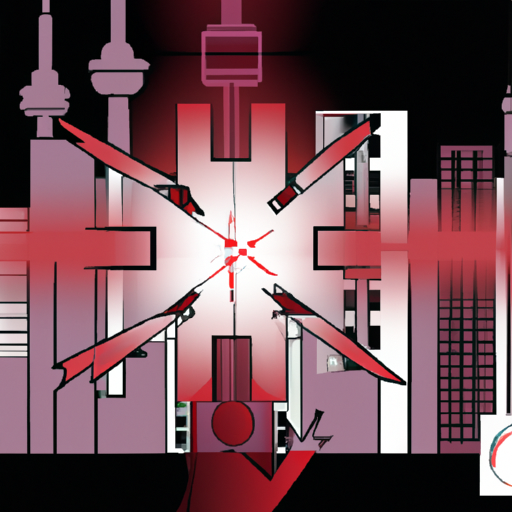Reflecting on an Ominous Incidence – Underlying Ties to the Canadian Opioid Crisis
A recent article in CTV News reports a tragic shooting in Toronto in which a 25-year-old British Columbia resident was killed. The victim had a history of substance misuse which illustrates that substance use, including opioid misuse, is not an isolated issue but one linked to a broader web of societal concerns, including crime and homelessness. This incident shines a light on the devastating reality of the ongoing Canadian opioid crisis.
The Interconnectedness of Opioid Misuse, Homelessness, and Crime
The opioid crisis in Canada has been showing its effects complicatedly interconnected between homelessness and crime. People suffering from opioid addiction often find themselves spiraling down into a cycle of poverty which potentially results in homelessness. This, in turn, is likely to increase the risk of them resorting to crime just to survive.
Data suggests that over 75 percent of homelessness services users report having a mental health issue or substance use challenge, with over half reporting serious issues with alcohol and/or drugs including opioids. It’s clear that issues of addiction, homelessness, and crime are mutually reinforcing, creating a maelstrom of complex challenges for both individuals and society at large.
Tackling the Effects of the Opioid Crisis
Addressing these challenges requires a comprehensive, collaborative approach that addresses both the immediate risks and the underlying issues. This should involve a mix of medical, social, and legal solutions. Medical interventions include widespread provision of the opioid antidote, naloxone. Social measures encompass housing support, job training, and mental health counseling. Legal mechanisms range from enforcement actions to lower illegal opioid supply to the introduction of opioid class action to provide funding and resources for those affected.
- Opioid class actions have been launched in different provinces to compensate for the damages and social costs caused by the opioid crisis. In line with this, the provinces are seeking to recover health care costs resulting from alleged misinformation about the risks and benefits of opioids.
- Access to Naloxone, an opioid antagonist that can reverse an opioid overdose within minutes, is becoming easier. Naloxone, administered through an injection or nasal spray, is specifically crucial in rural and remote areas where emergency medical help may not reach in time.
Conclusion
The tragic shooting in Toronto serves as a stark reminder of the numerous, often overlooked, societal issues interconnected with the opioid crisis. Although initiatives combating the opioid crisis including opioid class action and improved access to naloxone is noteworthy, there’s much more to work on. Efforts should be aimed to address the root causes of misuse, while providing support to those affected, and bolstering public health infrastructure to manage and mitigate such crisis in the future.
The opioid crisis is not merely a health issue, nor a social one; it’s a glaring symptom of multiple sectors of our society that are in dire need of support and reform. As a society, we must not ignore the cause and effect pattern between opioids, homelessness, and crime. As equally as they are disheartening, they remain illuminating for guiding us toward potential solutions. There is much that we can learn, and much that we can do, but only if we treat the opioid crisis as the widespread, impactful issue that it is.
